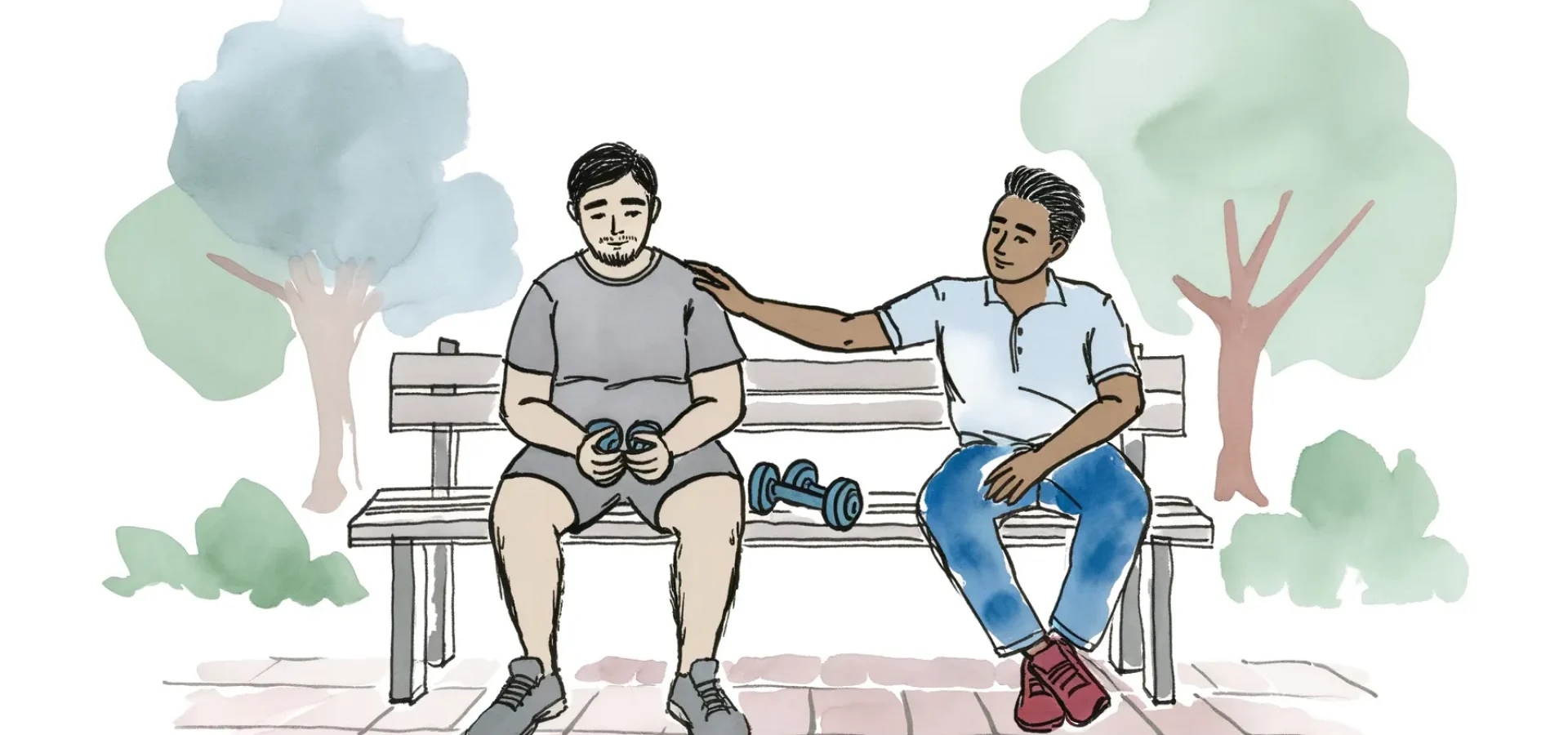Testicular cancer, while relatively rare, is the most common cancer in young men aged 15 to 35. The journey from diagnosis to recovery can be challenging, demanding not only medical intervention but also significant emotional and physical support. Among the various facets of recovery, rehabilitation and physical therapy play critical roles. These services offer testicular cancer patients the resources and support systems necessary to rebuild their physical strength, improve their quality of life, and foster a positive outlook during recovery.
Understanding Testicular Cancer and Its Treatment
Before diving into the specifics of rehabilitation and physical therapy, it’s essential to understand testicular cancer and the typical treatment process. Testicular cancer originates in the testicles, part of the male reproductive system. The common symptoms include a lump in the testicle, a feeling of heaviness in the scrotum, or discomfort in the groin area.
Treatment often involves one or more of the following methods:
- Surgery: Typically, an orchiectomy is performed to remove the affected testicle.
- Radiation Therapy: Used to target and destroy cancer cells that have potentially spread.
- Chemotherapy: Utilized to kill cancer cells throughout the body.
While these treatments are effective, they can lead to changes in physical appearance, energy levels, and overall function. This is where rehabilitation and physical therapy become vital components of the healing process.
The Role of Rehabilitation in Testicular Cancer Recovery
Rehabilitation is a comprehensive approach designed to help patients regain independence and improve their quality of life. It encompasses physical, emotional, and social recovery. For testicular cancer patients, rehabilitation can address a variety of needs:
Physical Rehabilitation
- Strength Building: Surgery and treatments like chemotherapy can weaken muscles and decrease stamina. Physical rehabilitation focuses on exercises that rebuild strength and endurance.
- Mobility: Some patients may experience stiffness or limited range of motion post-surgery. Rehabilitation programs help restore movement and flexibility.
- Pain Management: Techniques such as massage, acupuncture, and specific exercises can alleviate chronic pain, reducing the dependency on painkillers.
Emotional and Mental Health Support
- Counseling: Patients often face anxiety, depression, and stress. Access to mental health professionals provides a safe space to discuss fears and develop coping strategies.
- Support Groups: Connecting with others who have faced or are facing similar challenges creates a sense of community and alleviates feelings of isolation.
Social Rehabilitation
- Vocational Rehabilitation: Helping patients return to work or school is a crucial part of social reintegration. This might include job coaching, time management skills, and accommodations in the workplace.
- Relationship Counseling: Cancer doesn’t just affect the patient; it impacts families and relationships. Counseling can help navigate these dynamics and foster healthy communication.
The Specific Benefits of Physical Therapy for Testicular Cancer Patients
Physical therapy is a specialized form of rehabilitation focused directly on the physical aspects of recovery. Here’s how it benefits testicular cancer patients:
Restoring Physical Function
- Tailored Exercise Programs: Physical therapists create customized exercise regimens tailored to the patient’s specific needs and limitations. These programs help in regaining muscle strength, improving flexibility, and enhancing overall fitness.
- Lymphedema Management: Testicular cancer patients may develop lymphedema, a condition where lymphatic fluid builds up in the body, causing swelling. Physical therapists can use manual lymph drainage techniques and teach patients exercises to reduce swelling.
Alleviating Treatment Side Effects
- Fatigue Management: Chemotherapy and radiation can cause significant fatigue. Physical therapy involves low-impact exercises that can increase energy levels without over-exerting the patient.
- Balance and Coordination: Some treatments can affect the nervous system, leading to balance issues. Therapists use specific exercises to improve coordination and prevent falls.
Enhancing Emotional Well-being
- Mind-body Connection: Engaging in physical activity can boost mood and mental health, reducing symptoms of depression and anxiety. Activities like yoga and Pilates, often incorporated into physical therapy programs, focus on both physical and mental well-being.
- Empowerment Through Progress: Seeing tangible improvements in physical capability can empower patients, giving them a sense of control over their bodies and their recovery journey.
Support Systems and Resources for Testicular Cancer Patients
Navigating recovery alone can be daunting, but numerous support systems and resources are available to assist testicular cancer patients:
Medical Support
- Oncologists and Urologists: These specialists guide the medical treatment and management of testicular cancer.
- Rehabilitation Specialists: Professionals trained in physical and occupational therapy play a crucial role in the recovery process.
Emotional and Mental Health Resources
- Therapists and Counselors: Licensed mental health professionals can offer therapy sessions to help with emotional recovery.
- Support Groups: Organizations like the Testicular Cancer Awareness Foundation and the Testicular Cancer Society provide support groups where patients can share experiences and advice.
Educational Resources
- Literature and Online Material: Educational brochures, books, and reliable online resources offer valuable information on testicular cancer and recovery.
- Workshops and Seminars: Attending educational workshops and seminars can provide in-depth knowledge and coping strategies.
Financial Support
- Insurance Assistance: Navigating insurance coverage for treatment and rehabilitation can be complex, but patient advocates can help.
- Charitable Organizations: Some nonprofits offer financial assistance to cover medical expenses and rehabilitation costs.
Final Thoughts
The journey through testicular cancer is undoubtedly challenging, but the role of rehabilitation and physical therapy in recovery cannot be overstated. These services not only help in rebuilding physical strength and function but also provide crucial emotional and social support. By leveraging the available support systems and resources, testicular cancer patients can navigate their recovery journey more effectively, ensuring a holistic approach to healing that fosters long-term well-being and improved quality of life.





